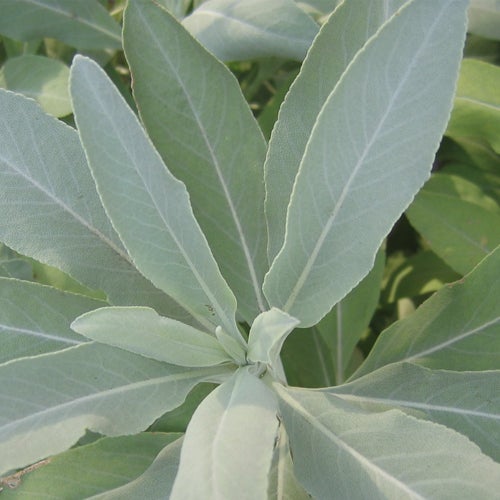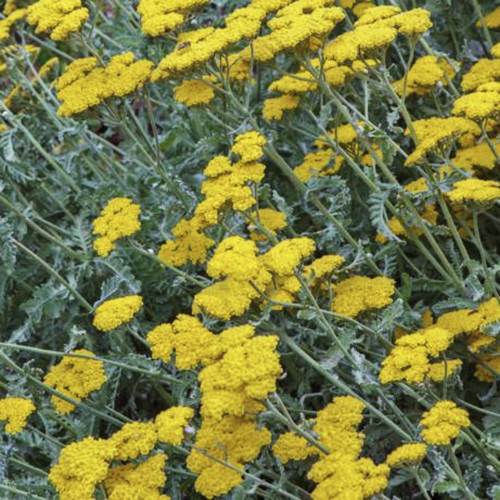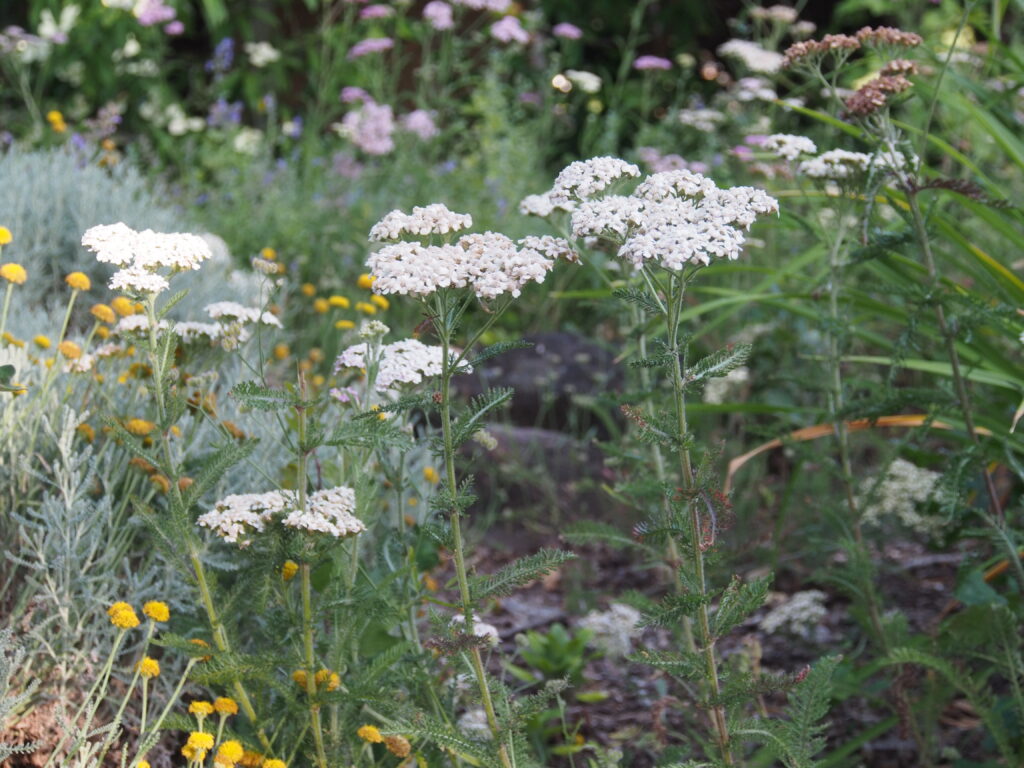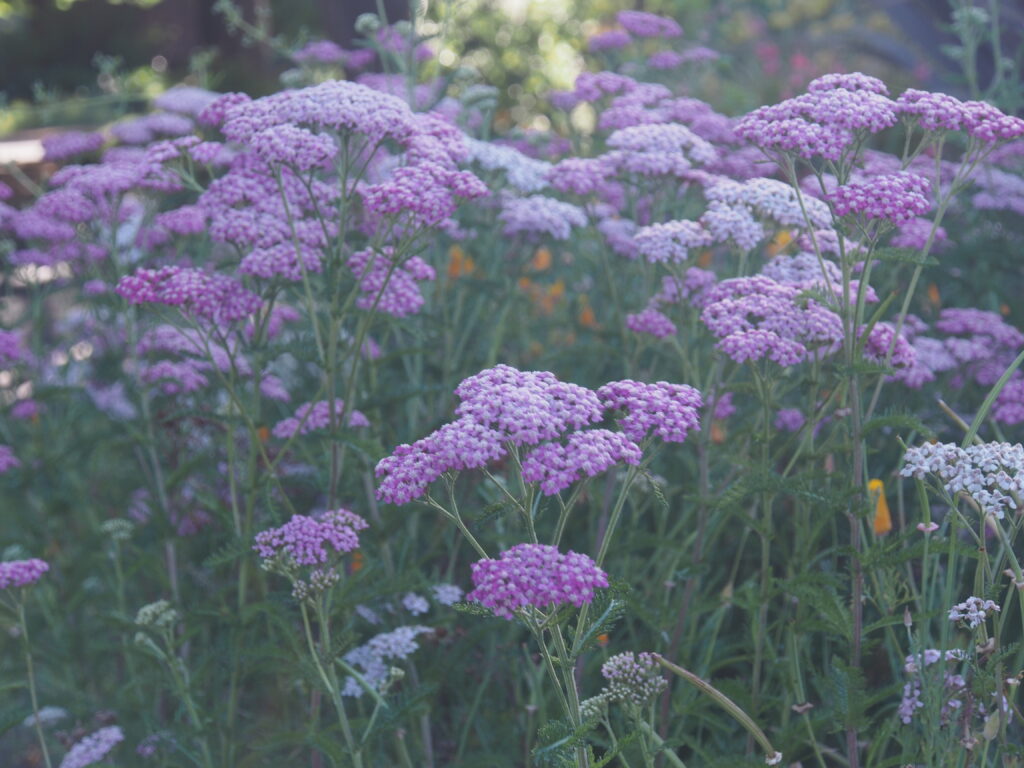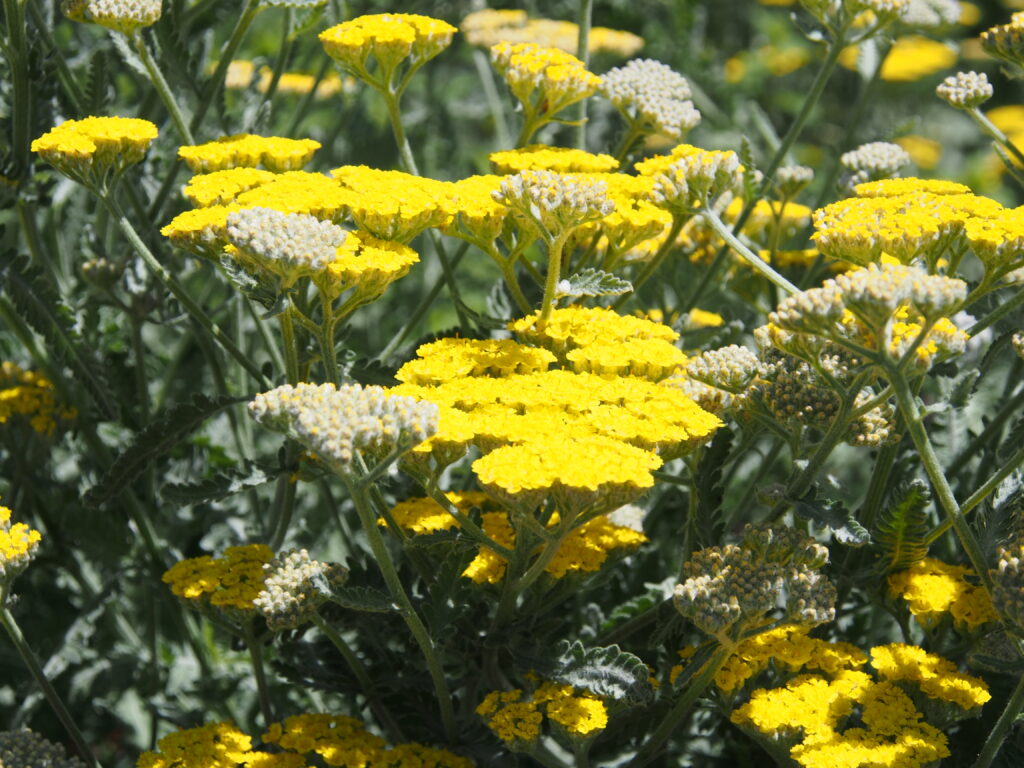Lemons and Lavender Homestead
BACK TO FULL TOUR
Garden Features
Drought Tolerant
Edible Garden
California Natives
Drip Irrigation
Pesticide Free
Rainwater Harvesting System
Reclaimed/Recycled Materials
Lawn-Free Landscaping
Urban Homestead
Wildlife Habitat
Partner: North Marin Water District
I have a small suburban homestead in Novato.
My garden demonstrates many permaculture techniques, which is a sustainable system of gardening, and provides food, beauty, and entertaining space for my family. I cook a meal for the four of us almost every day, and it’s safe to say that nearly every meal I make uses at least one ingredient from my garden, whether it is something freshly harvested, something I have harvested in the past and preserved, or an herb from my culinary & medicinal herbal plant collection. Most of my garden has been made using reclaimed materials, and it is always a work in progress!
Growing food efficiently with minimal water usage is indeed possible with the right techniques, contrary to common perceptions. In my garden, I prioritize water conservation through various strategies. By nurturing healthy organic soil that retains moisture effectively, employing thick mulching, contouring the land to harness rainwater during our wet season, and favoring perennial food plants, I significantly reduce my water consumption while sustaining abundant yields.
Upon first glimpse, visitors often marvel at the seemingly untamed nature of my garden, devoid of conventional rows. Embracing the spontaneity of nature, I welcome reseeding annuals and allow plants to flourish wherever they find a foothold. Plants such as California poppy, nasturtium, borage, cerinthe (honeywort), and feverfew thrive autonomously, flourishing without excessive intervention. Moreover, my garden serves as a sanctuary for pollinators, housing an array of drought-tolerant and native California plants. These indigenous species not only contribute to the ecosystem’s biodiversity but also offer food and medicinal benefits, exemplified by the Elderberry tree and the herb Yerba Buena. The harmonious coexistence of wildlife and cultivated plants not only enriches the garden’s vitality but also fosters a deep sense of gratification, knowing that it sustains not just my family but also a multitude of wild inhabitants. See my design website for more ideas!
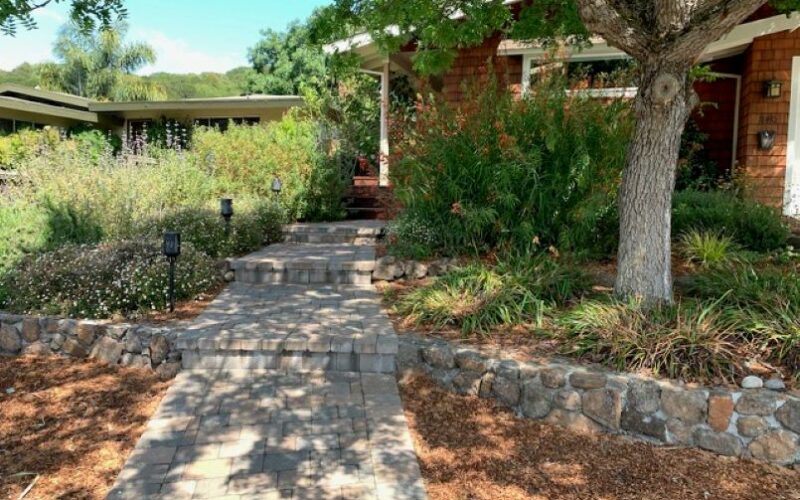
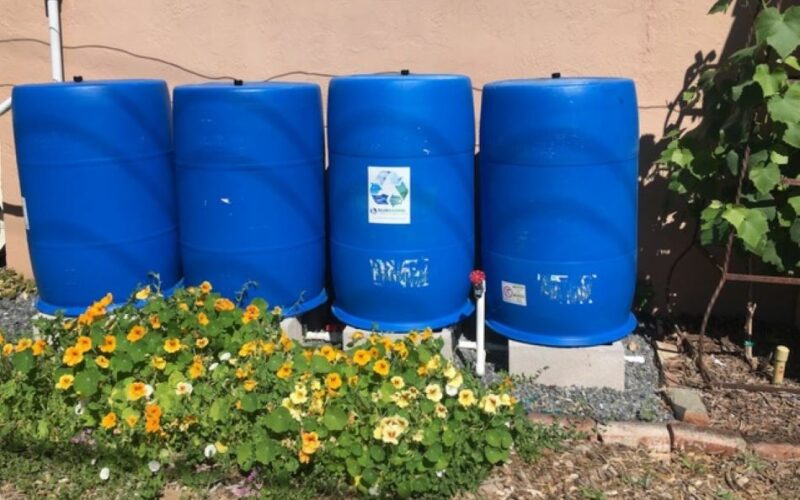
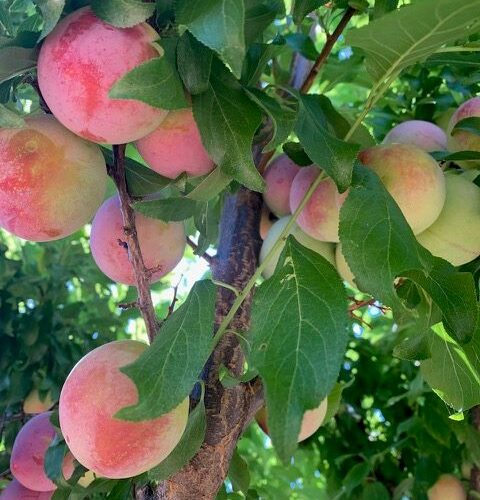
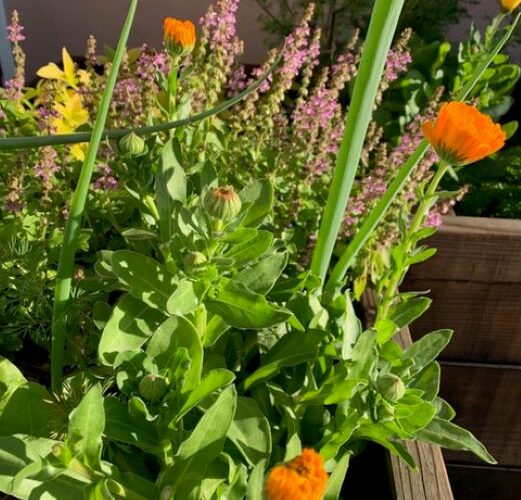
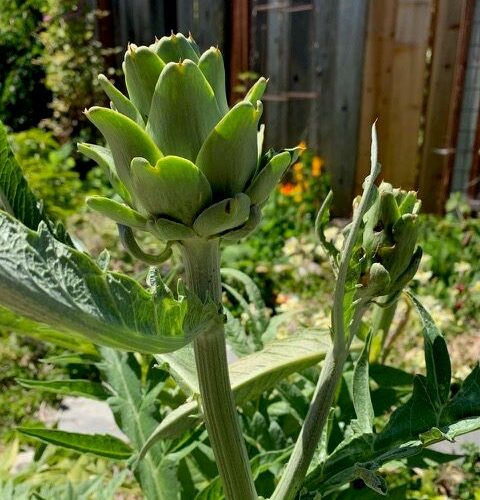
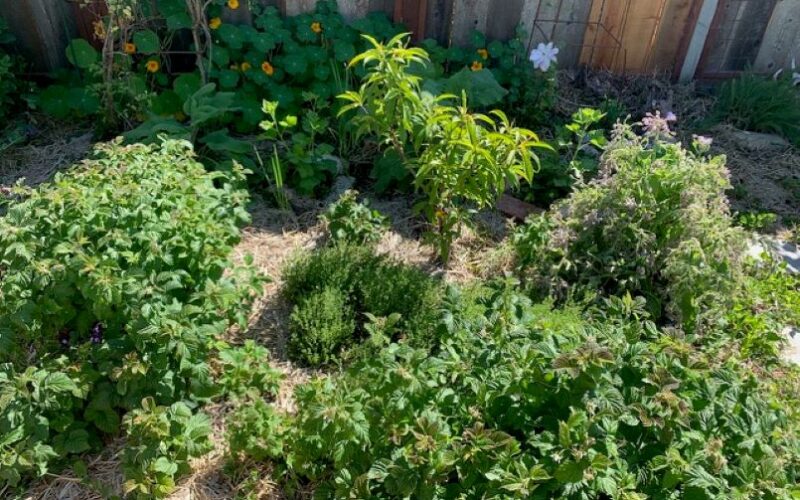
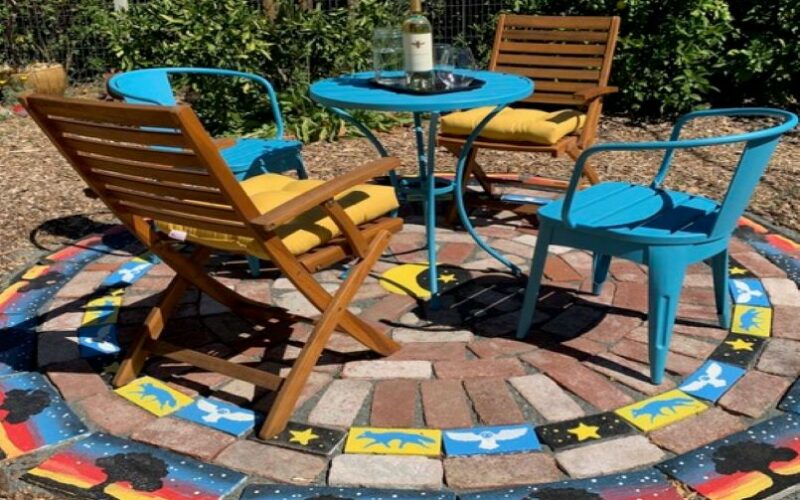
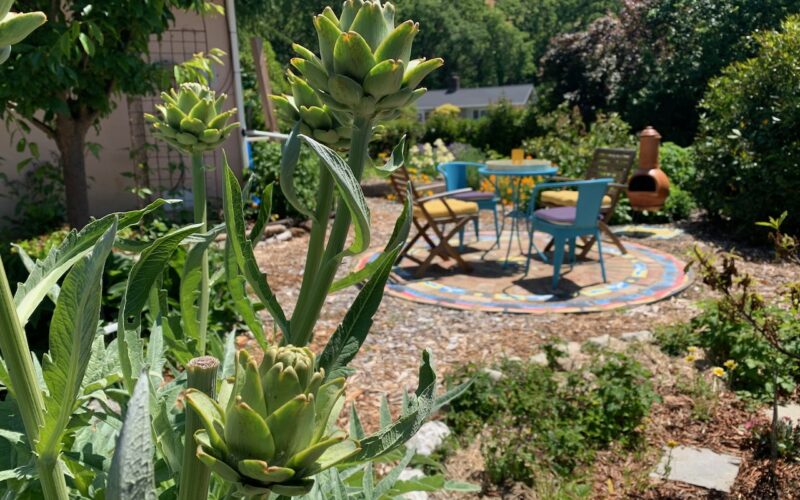
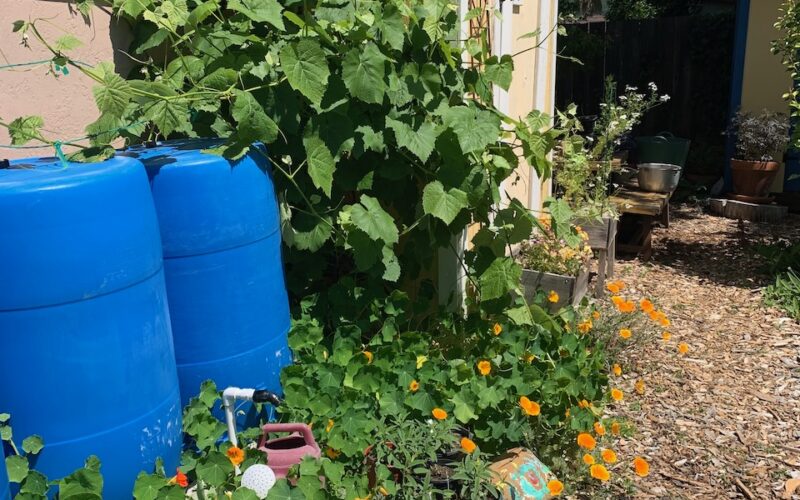
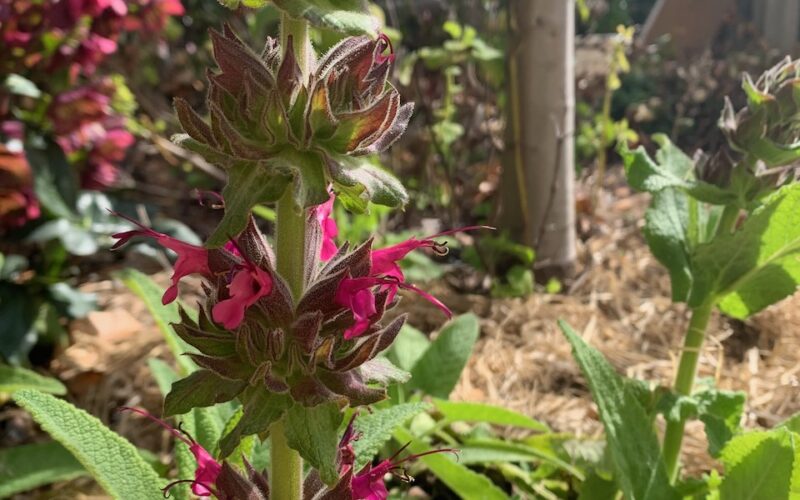
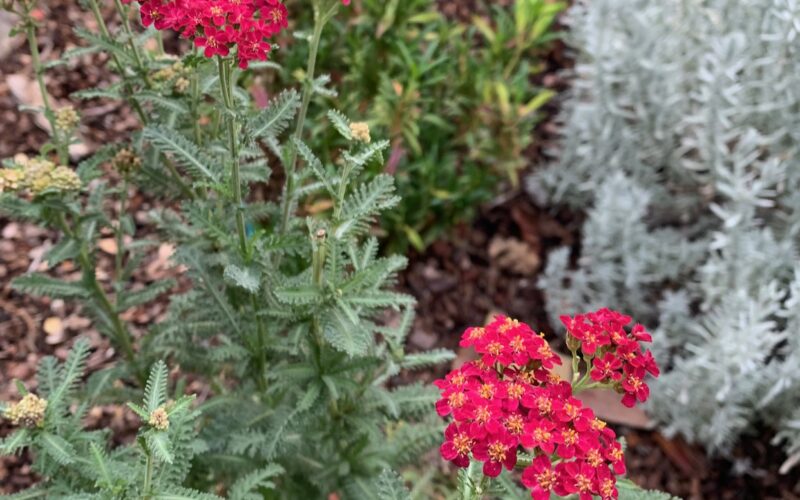
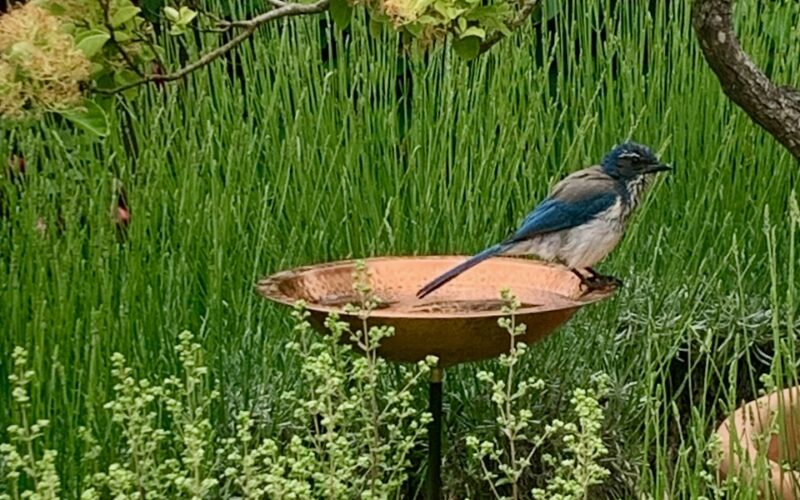
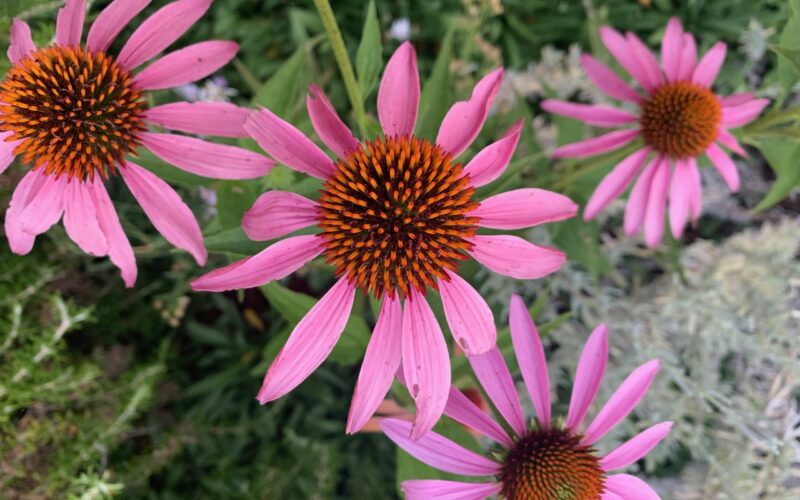
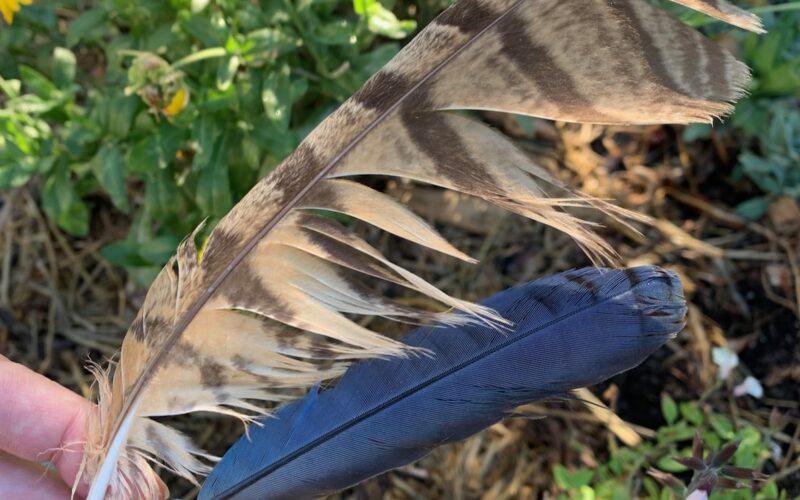
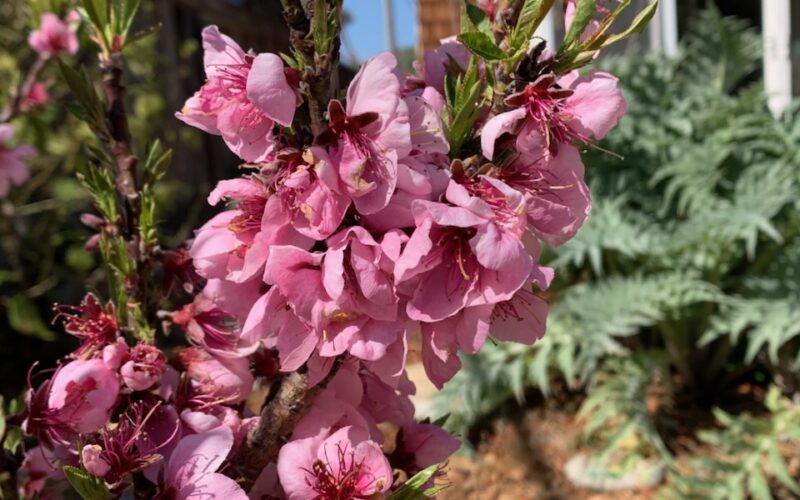
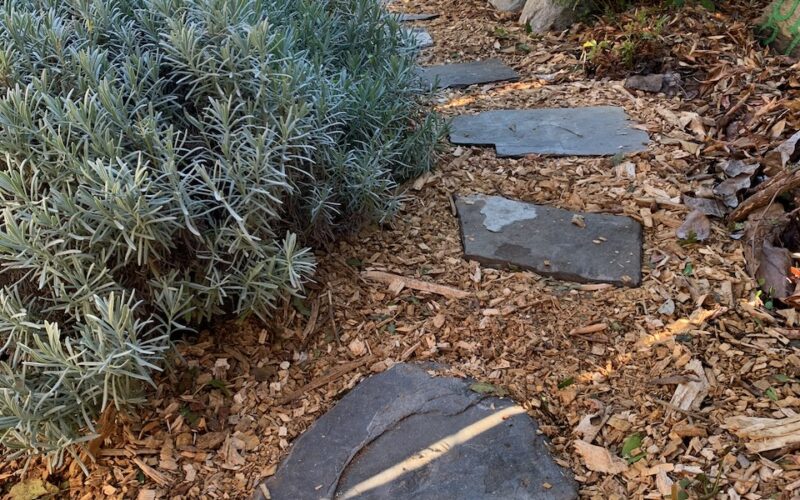
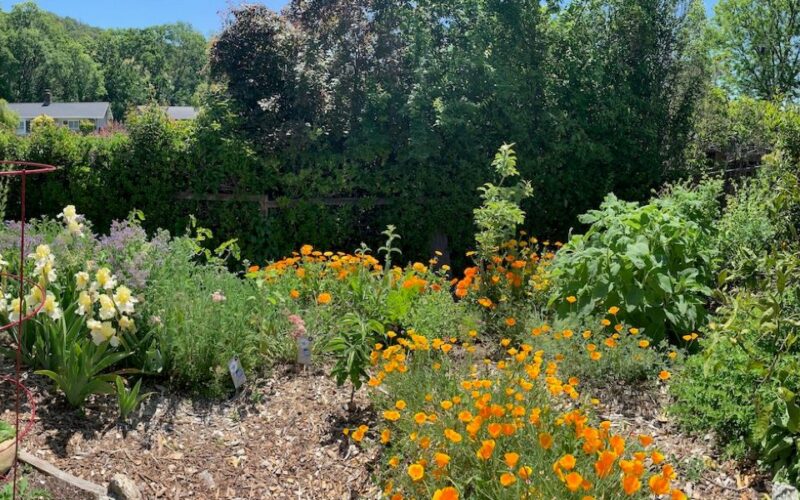
Plants in this Garden
Favorite Plants
Bee's Bliss Sage
Savlia ‘Bee’s Bliss’
Autumn Sage
Salvia greggii
Yerba Buena
Clinopodium douglasii
Wild Passion Flower
Passiflora incarnata
Santa Rosa Plum
Prunus salicina ‘Santa Rosa’
Favorite Garden Suppliers
Harmony Farm Supply
3244 Gravenstein Highway North Sebastopol
Cottage Gardens
3995 Emerald Drive Petaluma
Recommended Resources
Gaia’s Garden: A Guide to Home-Scale Permaculture, 2nd Edition
This book is a great resource for learning about ecological gardening.Golden Gate Gardening
Written by Pamela PeirceGardening Tips
Start with the Soil!
Add organic matter & mulch thickly to keep nutrients and water cycling through your landscape.
